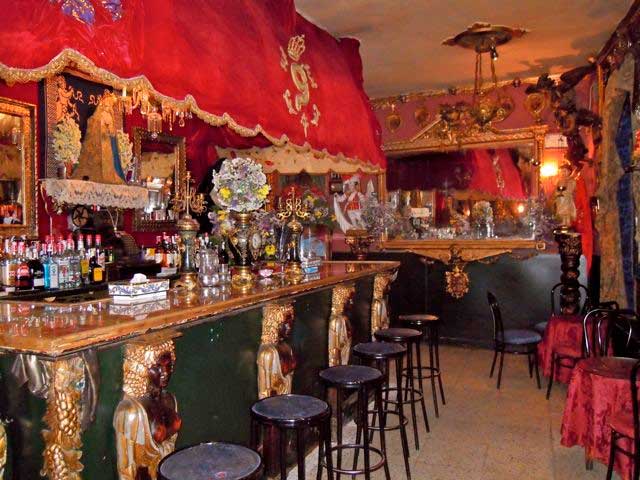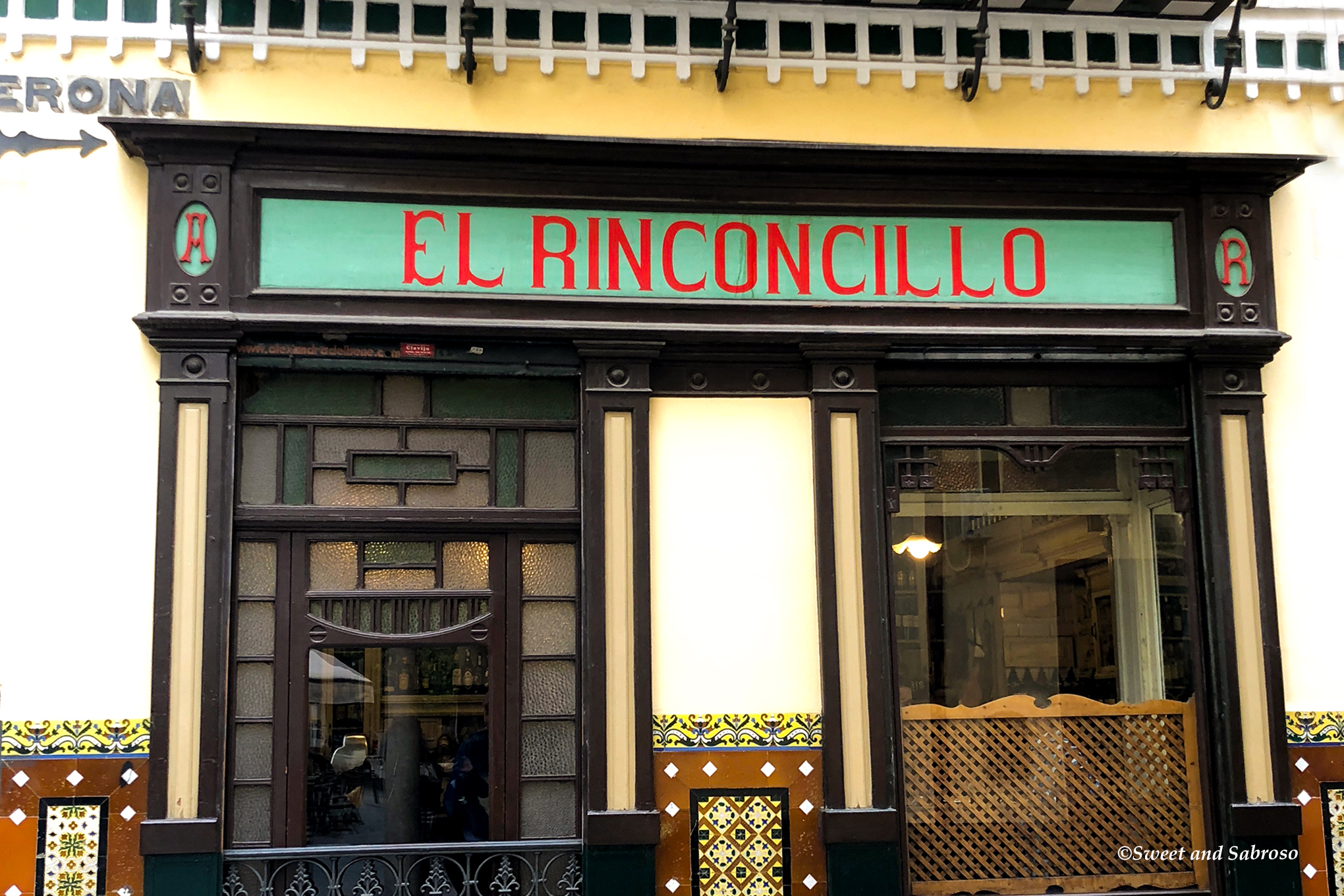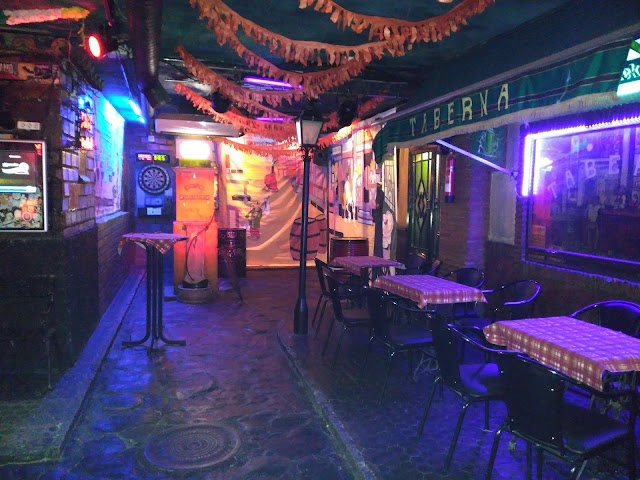Tucked on Calle Boteros in Seville’s atmospheric old quarter, Bar Garlochí is less a bar and more a living altar to religious kitsch and nocturnal ritual. It opened its doors in June 1978 under Miguel Fragoso, drawing inspiration from a poem by Rafael de León; “garlochí” is Romani slang for “heart.” Walking in, you enter a small, shadowed space densely packed with crucifixes, statues of saints, candles, and devotional art. There’s a lush, baroque, cathedral-echo in the atmosphere — incense smoke, flickering lights, and a labyrinth of shrines, floral garlands, and cherubs. The effect is surreal: it feels like stumbling into Semana Santa (Holy Week) 365 days a year. Garlochí is known for its late-night hours. It begins to hum after dark, catering to night owls and seekers of the strange. The drink list is not extensive — mostly beer, shots, and cocktails — with a signature house tipple named Sangre de Cristo (“Blood of Christ”), made with sparkling wine and grenadine, playing on sacramental themes. The bar is rumored to operate on a cash-only basis. Seating is limited, and it’s more of an intimate, immersive experience than a roomy lounge. Some visitors climb a few steps through an arched entry to reach its inner sanctum. Part of its charm is the tension between devotion and irreverence. The religious motifs are sincere from the owner’s side, though none of the artifacts are claimed to be sacred or formerly used in worship. Over time, as Seville’s nightlife scene evolved, Garlochí has held onto its grit and identity, resisting typical makeover trends and holding a cult reputation. For those willing to peer into shadows, whisper prayers, and sip something sinful in a house of visual devotion, Bar Garlochí remains unforgettable — an altar to Andalusian nightlife’s darker side.
Reviews
No reviews yet. Be the first to rate this bar and share your thoughts!



